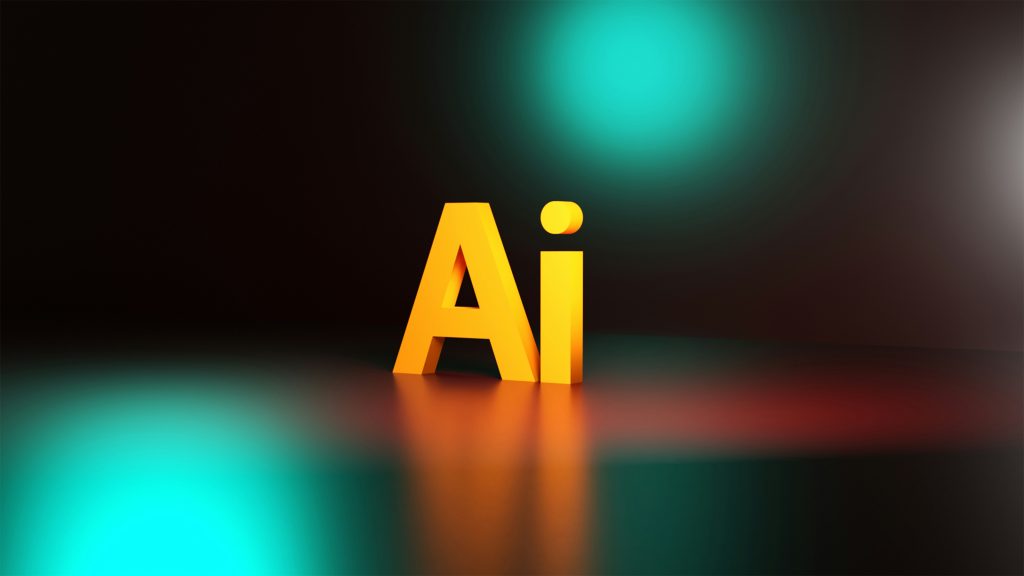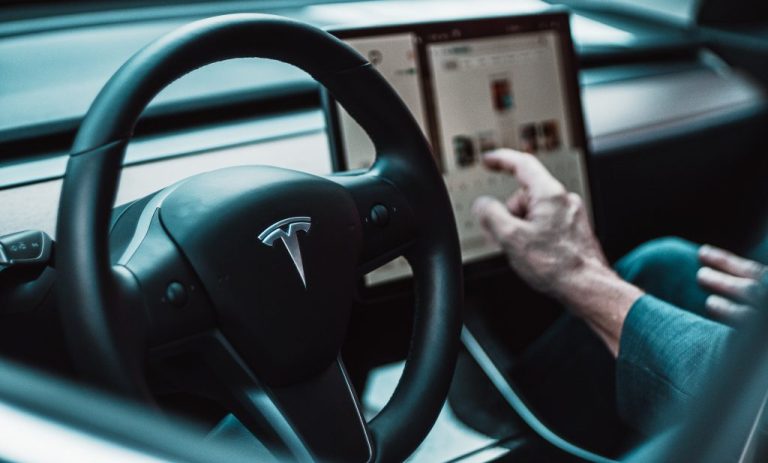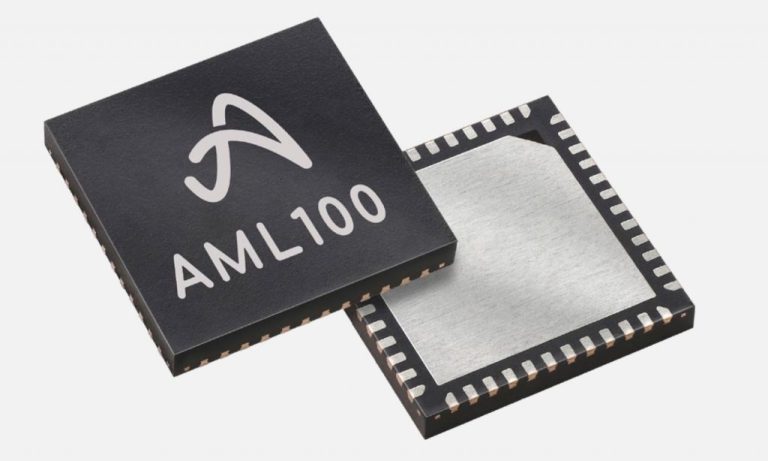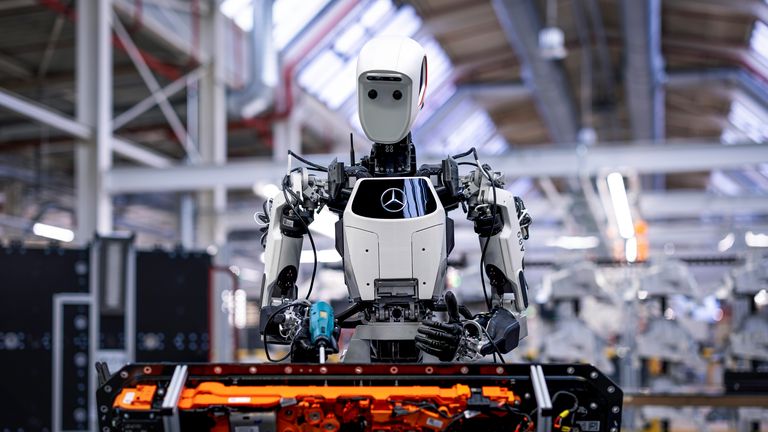Transforming Solana: The Impact of AI Infrastructure on Price Trends
How AI Infrastructure is Impacting Solana’s Price Trends
As of April 2025, the pricing trends for Solana—hovering around $141—are generating renewed interest among investors and developers alike. In the volatile world of cryptocurrency, such price fluctuations are not uncommon; however, Solana is increasingly becoming recognized for its role as a foundational layer for artificial intelligence.
Solana’s architecture is designed to handle rapid and cost-effective transactions, making it an attractive option for AI developers focused on building real-time, decentralized applications. The convergence of blockchain technology and AI is not only enhancing the network’s utility but also influencing its market value, shaping narratives about the future of scalable and intelligent systems.
Why Solana Appeals to the AI Sector
One of the primary advantages of Solana is its remarkable speed. The network is capable of supporting over 65,000 transactions per second (TPS), with real-world performance averaging between 3,000 and 4,500 TPS. This impressive throughput is due to the innovative proof-of-history (PoH) mechanism, which effectively timestamps transactions to streamline validation.
With consistently low transaction costs—averaging around $0.036—Solana is positioning itself as a go-to ecosystem for AI operations that demand substantial computational resources. This blockchain technology allows large-scale interactions to occur without concerns about latency or high costs.
Solana’s Price Momentum Linked to AI Integration
While Solana’s price generally reflects the overall market sentiment, analysts have noted a significant correlation between price fluctuations and developments related to AI on the platform. For instance, the launch of AI-centric projects frequently results in price boosts.
Distributing AI Models on Solana
Solana is quickly emerging as a leading hosting platform for AI-driven decentralized applications. Noteworthy projects utilizing this network include:
- Nosana (NOS) – A decentralized GPU marketplace for distributing AI model training.
- io.net – An AI-focused cloud computing service that prioritizes cost-effectiveness.
- Grass – A project aimed at creating an open, incentivized system where AI agents are compensated for developing software for extensive web crawling tasks.
These initiatives benefit from Solana’s robust throughput, facilitating seamless real-time inference, handling large data streams, and conducting microtransactions. Unlike many other blockchain platforms, Solana’s structure allows rapid and cost-efficient access to AI applications.
Economic Feasibility and AI-Powered Microtransactions
Many required micropayments—essential for data, model updates, or compute capacity—need to happen frequently and in a decentralized manner. Solana’s fee structure further supports this, with a transaction cost of approximately $0.036, ensuring minimal interaction expenses.
This ability to facilitate low-cost interactions encourages innovative concepts such as token-incentivized federated learning and autonomous model marketplace frameworks—approaches that rely on micro-interactions that would be unrealistic on slower, more costly blockchains.
Growth in AI-Related Blockchain Activity
Blockchain analytics reveal a significant increase in transaction volume on Solana, particularly related to the integration of AI tools and services. The network is equipped to handle thousands of transactions per second; currently, an ever-growing segment of these transactions is associated with AI functionalities.
Moreover, the number of daily active addresses on Solana has risen, reflecting heightened engagement from developers involved in AI, machine learning infrastructure, predictive analytics, and real-time automation systems. This growing demand for blockchain-based workloads connected to artificial intelligence is likely to enhance Solana’s long-term viability and influence market perspectives, as indicated by the price fluctuations observed.
AI Applications for Network Efficiency
Solana’s contributions to the AI sector extend beyond decentralized applications. The network also incorporates AI to optimize its internal processes, with the Solana Foundation developing machine learning models for validator clustering and network optimization. By analyzing traffic patterns and anticipating potential bottlenecks, algorithms help sustain the low latency for which Solana is renowned, even during peak usage. This capability bolsters the network’s reliability for applications that utilize AI for live data processing and dashboards.
Ecosystem Investment in AI Momentum
Throughout the growth of AI-related projects, Solana has established itself as a strategic partner in the realm of decentralized applications, paving the way for future advancements in cryptocurrency and AI integration.
Last year saw significant venture capital funding in Solana-based projects that integrated AI technologies. Notable funded initiatives include:
- STARDEER: Created the “STARDUST Fund,” with $10 million allocated to projects within the Solana ecosystem focusing on intelligent backbone solutions.
- Seek Protocol: Announced the development of a Solana-based AR + AI platform, valued at approximately $8.89 million.
- Pioneer AI Foundry: Initiated a disbursement strategy to invest in decentralized educational tools dedicated to AI on the Solana platform.
This funding is instrumental in establishing the infrastructure required for various on-chain activities, such as AI model training, decentralized inference, data lineage, and provenance, among others.
Closing Thoughts
The evolution of Solana’s infrastructure and its adaptability to AI-enhanced blockchain capabilities are reshaping the ecosystem’s landscape. This architecture is designed to deliver services that prioritize speed, scalability, and cost-effectiveness. The features provided will facilitate the creation of next-generation, AI-centric decentralized systems, effectively paving the way for serverless AI.
As AI models increasingly incorporate blockchain technology, Solana is poised to become a foundation where information, logic, and algorithms coexist harmoniously. The continuous advancement of intelligent infrastructure on the Solana network offers a transformative opportunity to alter perceptions regarding fluctuations in Solana’s market value.
Artificial Intelligence, Machine Learning, Space
The role of machine learning in enhancing cloud-native container security. 39215 views
Innovative machine learning uses transforming business applications. 14154 views

Latest Insights
View all Latest.
Artificial Intelligence Updates
Tackling Hallucinations: MIT Spinout Teaches AI to Admit When It’s Clueless
Date: June 3, 2025
Researchers from an MIT spinout are focusing on developing AI systems that can recognize when they are uncertain or lacking information. This innovative approach aims to enhance transparency and reliability in AI applications, making it easier for users to understand the limitations of these technologies.
Diabetes Management: IBM and Roche Use AI to Forecast Blood Sugar Levels
Date: June 2, 2025
IBM has partnered with Roche to leverage artificial intelligence for predicting blood sugar levels in diabetes patients. This collaboration aims to refine blood glucose monitoring, ultimately improving patient outcomes and facilitating better management strategies for those living with diabetes.
DeepSeek’s Latest AI Model a ‘Big Step Backwards’ for Free Speech
Date: May 30, 2025
The recent release of DeepSeek’s AI model has sparked controversy, with critics arguing that it hinders free expression. Advocates for digital rights suggest that the model may introduce restrictive measures that overshadow the advancements in AI technology.
The list of countries is extensive, showcasing a diverse array of nations from different continents around the globe. It includes countries such as Ecuador, Egypt, El Salvador, and many others, representing various cultures, languages, and histories.
For instance, we see European nations like Estonia, France, and Germany, alongside African countries such as Eritrea, Ghana, and Nigeria. In Asia, nations like India, Japan, and Indonesia are highlighted, while the Americas feature countries such as Canada, Brazil, and Chile.
Additionally, islands like Fiji, Madagascar, and the Falkland Islands find their place among more prominent landmasses. This extensive list captures the global landscape, reflecting the variety of geographical, political, and social dynamics that exist across these countries.







